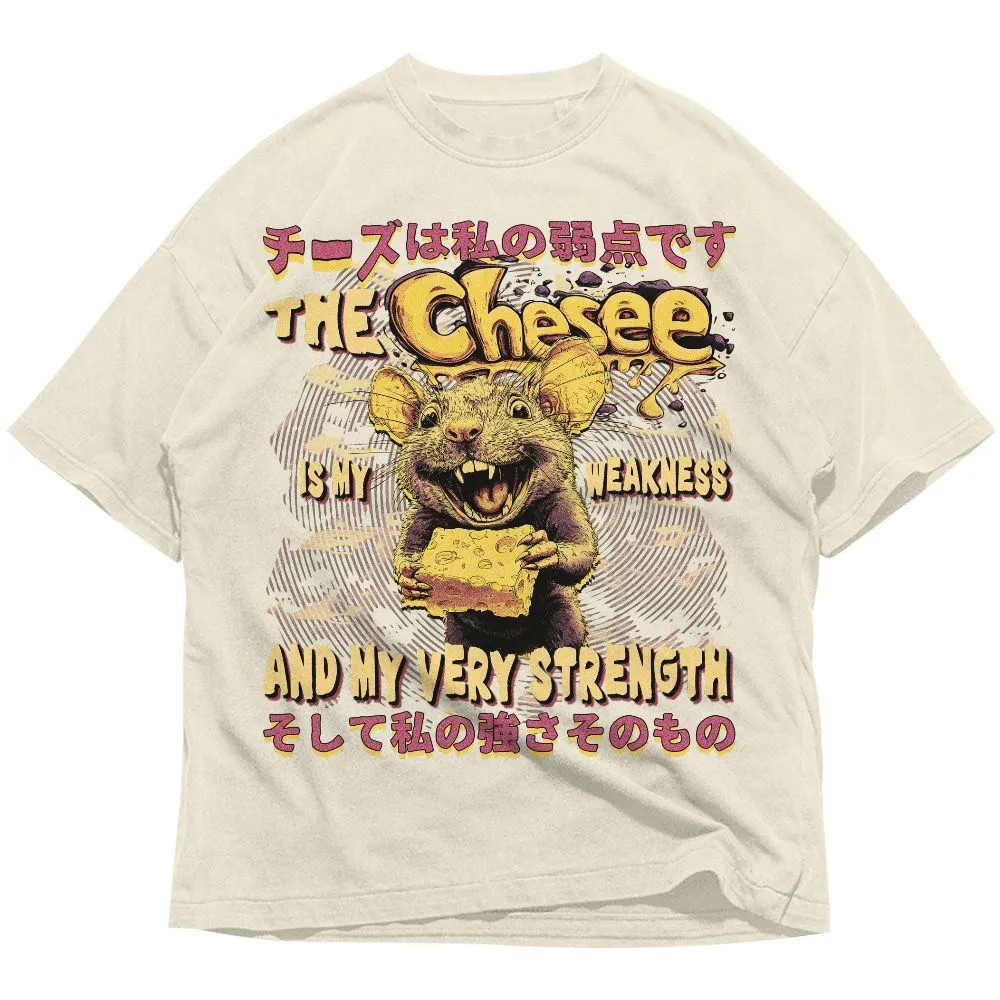
Gashadokuro — a towering skeleton that roams the night, hunting the unlucky—is one of Japan’s most famous legends. It’s said that when you hear a faint, bone-rattling crack echoing through the wind, it might be a sign that Gashadokuro is drawing near.
But is there a deeper meaning behind this eerie figure? Let’s dive in and explore the story and symbolism of Gashadokuro together.
What is Gashadokuro?
Gashadokuro are giant, starving skeleton spirits from Japanese folklore, literally meaning “starving skeleton“. They are comprised of the bones of people who died from famine or in battle without proper burials.
Kamicrew will guide you on a journey to uncover the striking features of Gashadokuro.
Translation and Etymology
Gashadokuro (がしゃどくろ) comes from the onomatopoeic sound “gachi gachi” — the eerie clatter of bones rattling in the dark. This monstrous spirit is also called Ōdokuro, which literally means “giant skull.”
Even the name itself paints a spine-chilling yet fascinating image, perfectly in tune with Japan’s rich tradition of folklore storytelling.
Habitat and Diet
Unbound by any single place, Gashadokuro can appear just about anywhere. Still, legends often place them wandering near mass graves, ancient battlefields, or other sites steeped in tragedy.
Technically, they don’t need to eat to survive — but that doesn’t stop them from “enjoying” the hunt. These restless giants are said to crush victims in their bony hands or bite off their heads, driven by a lingering grudge against the living.
Latest blog this week: Byakko Tiger: The Legendary White Guardian of Japanese Mythology
Appearance
Picture a colossal skeleton towering higher than buildings, silently stalking the countryside under the cover of darkness. Its teeth chatter, and its bones rattle, producing the distinct “gachi gachi” sound that serves as a grim warning to late-night travelers.
But don’t assume you’ll always hear it coming. Gashadokuro can also move in utter silence, creeping close to its prey before striking without mercy.

Personality and Behavior
Unlike gentle spirits or playful yokai, Gashadokuro is fueled by pain, rage, and malice. Born from the souls of those who perished in war or famine without proper burials, these creatures embody unresolved anger and sorrow.
Too massive and powerful to destroy outright, they persist until every last drop of hatred within them is spent — a chilling reminder of collective suffering and forgotten tragedies.
You might like: What is Kirin in Japanese History and Art: A Symbol of Good Fortune
Cultural Significance
One of the earliest references to Gashadokuro dates back over 1,000 years, tied to the bloody rebellion of the samurai Taira no Masakado. After his death, his daughter — Takiyasha Hime, a renowned sorceress — summoned a giant skeleton from fallen warriors’ remains to exact revenge and assault Kyoto.
This haunting moment was immortalized in a famous ukiyo-e print by artist Utagawa Kuniyoshi, cementing Gashadokuro’s place as both a terrifying yokai and a cultural icon bridging history and folklore.

Gashadokuro in Modern Associations
Far from fading into obscurity, Gashadokuro thrives in modern pop culture. You’ll spot its towering skeletal form in anime, manga, video games, and even street fashion. Today, the creature is as much an aesthetic symbol as a fearsome legend — capturing the imagination of artists, storytellers, and fans worldwide while continuing to inspire new creative works.

Read more: Tamamonoma: The Legendary Nine-Tailed Fox of Japan 2026
Kamicrew is a Japanese-inspired fashion brand where tradition meets modern style. We’re more than just t-shirts, hoodies, and sweatshirts. We bring stories of Japan’s rich culture to life through every design.
From bold graphics inspired by yokai and samurai to clean lines and striking contrasts, our pieces are made to stand out while staying timeless. Whether you’re a fan of Japanese art, mythology, or simply love unique streetwear, Kamicrew is here to help you express your individuality with style and meaning.

Shop now: Kamicrew Gashadokuro Big Skeleton Yokai Japan Horror T-shirt
Final Takeaways
Gashadokuro isn’t just a scary story whispered to frighten children. It’s proof of how Japanese culture transforms history, pain, and collective memory into living folklore. This giant skeleton reminds us of the devastating cost of war and famine, while showcasing the enduring power of storytelling.
More than a millennium later, Gashadokuro still haunts our imaginations, standing tall among Japan’s most iconic yokai. There are still so many fascinating stories about mythical creatures and legendary figures waiting for you. Explore more on our blogs, and thanks so much for reading!









































